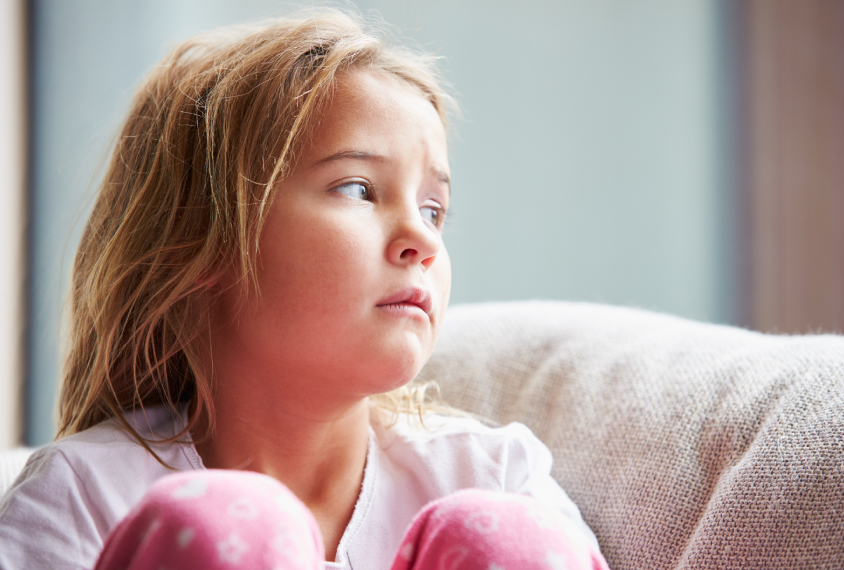
monkeybusinessimages / iStockphoto
Standard scale identifies anxiety in children with autism
A widely used questionnaire designed to measure anxiety flags the condition in children with autism.
A widely used questionnaire designed to measure anxiety flags the condition in children with autism, two studies suggest1,2.
The test, called the Spence Children’s Anxiety Scale, is established for use in typical children. Its 38 questions assess six types of anxiety: generalized anxiety; panic and a fear of open spaces; fear of physical injury and specific phobias; social anxiety; obsessive-compulsive disorder; and separation anxiety.
Roughly 40 percent of children with autism have anxiety, compared with about 25 percent of typical children3. Yet anxiety is notoriously challenging to diagnose in children with autism, as it can manifest differently than in typical children. Certain autism features, such as social difficulties, can also masquerade as anxiety.
The new studies investigate whether a version of the Spence scale completed by parents can detect anxiety in children with autism.
One of the studies, published in June in Autism Research, pools data from 870 children with autism across 12 studies in the United Kingdom, Singapore and the United States. The children ranged in age from 5 to 18 years.
Of the 849 children in the study who did not have a clinical diagnosis of anxiety, 397 (47 percent) scored above the cutoff for the condition on the Spence scale. Of the remaining 21 children, who do have an anxiety diagnosis, 16 (76 percent) scored above the cutoff.
Overall, the parents’ answers consistently indicated the presence or absence of anxiety in their child. The researchers detected similar consistency in subsections probing types of anxiety, suggesting that the subsections correctly identify the types. The one exception is the subsection on fear of physical injury and specific phobias, for which parent responses were inconsistent.
The other study, which looked at 238 children with autism aged 7 to 11 years, also found consistent responses across parts of the questionnaire. However, questions probing social anxiety and physical injury or phobias yielded inconsistent responses. The results were published in April in the Journal of Autism and Developmental Disorders.
The findings suggest that the Spence scale can identify anxiety in children with autism. But screens specific to autism may be necessary to identify the subtype, the researchers say.
For example, the scales do not correctly identify fears in children with autism. That may be because these children tend to have unusual phobias, such as a fear of flushing toilets, that the questions do not capture.
References:
Recommended reading

Developmental delay patterns differ with diagnosis; and more

Split gene therapy delivers promise in mice modeling Dravet syndrome

Changes in autism scores across childhood differ between girls and boys
Explore more from The Transmitter

Smell studies often use unnaturally high odor concentrations, analysis reveals

‘Natural Neuroscience: Toward a Systems Neuroscience of Natural Behaviors,’ an excerpt
